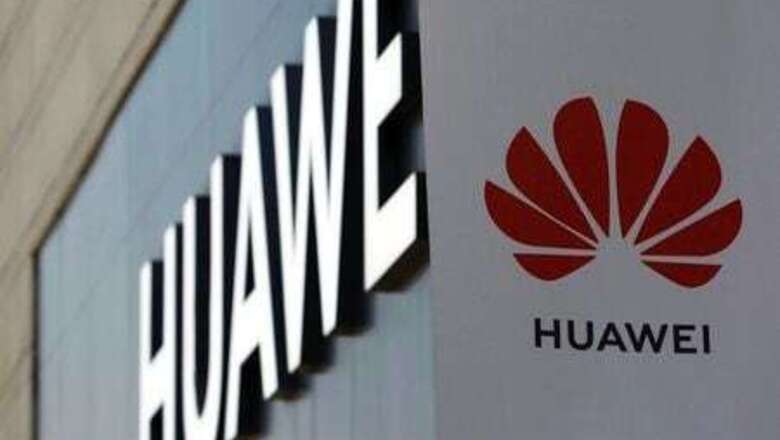
views
U.S. President Donald Trump’s restrictions on China’s Huawei Technologies Co Ltd [HWT.UL] have sparked widespread stockpiling of unsold product across the chip industry, and Washington’s proposed aid to bolster the sector falls far short of what is needed to fill the gap, an analyst told Reuters.
“Under the surface, there’s been lots of inventory build-up,” Dan Hutcheson, chief executive officer of VLSI Research, told the Reuters Global Markets Forum on Monday.
“We’re seeing integrated circuit inventory levels that are more typical in front of a downturn.”
The Trump administration tightened restrictions on Huawei earlier in August, banning suppliers from selling chips made using U.S. technology to the Chinese telecom giant without a special license.
Amid this rivalry with China, efforts to bolster U.S. semiconductor companies and shift the center of manufacturing away from Asia are underway.
Legislation introduced in the U.S. Senate would provide more than $22.8 billion to domestic semiconductor manufacturers, but Hutcheson said it is less than half the amount required.
“[It] really lacks the funding levels needed … $50 billion is more likely to have the desired result,” Hutcheson said.
U.S. chip suppliers could see a boost in demand if the Trump administration’s restrictions tighten Chinese supply, Hutcheson added.
“The bigger issue is if they get locked out of China’s market, while the door remains open for other countries,” he said.
Despite geopolitical setbacks, VLSI forecasts 7% global growth for the semiconductor industry in 2020, as coronavirus-prompted shifts to a “work at home” economy drive demand for electronics.
“The pandemic has restructured the economy to a level not seen since WWII,” Hutcheson added.
“We see it (the chip industry) adding 4% to 6% additional annual growth for several years.”
(This interview was conducted in the Reuters Global Markets Forum, a chat room hosted on the Refinitiv Messenger platform. Sign up here to join GMF: https://refini.tv/33uoFoQ)

















Comments
0 comment